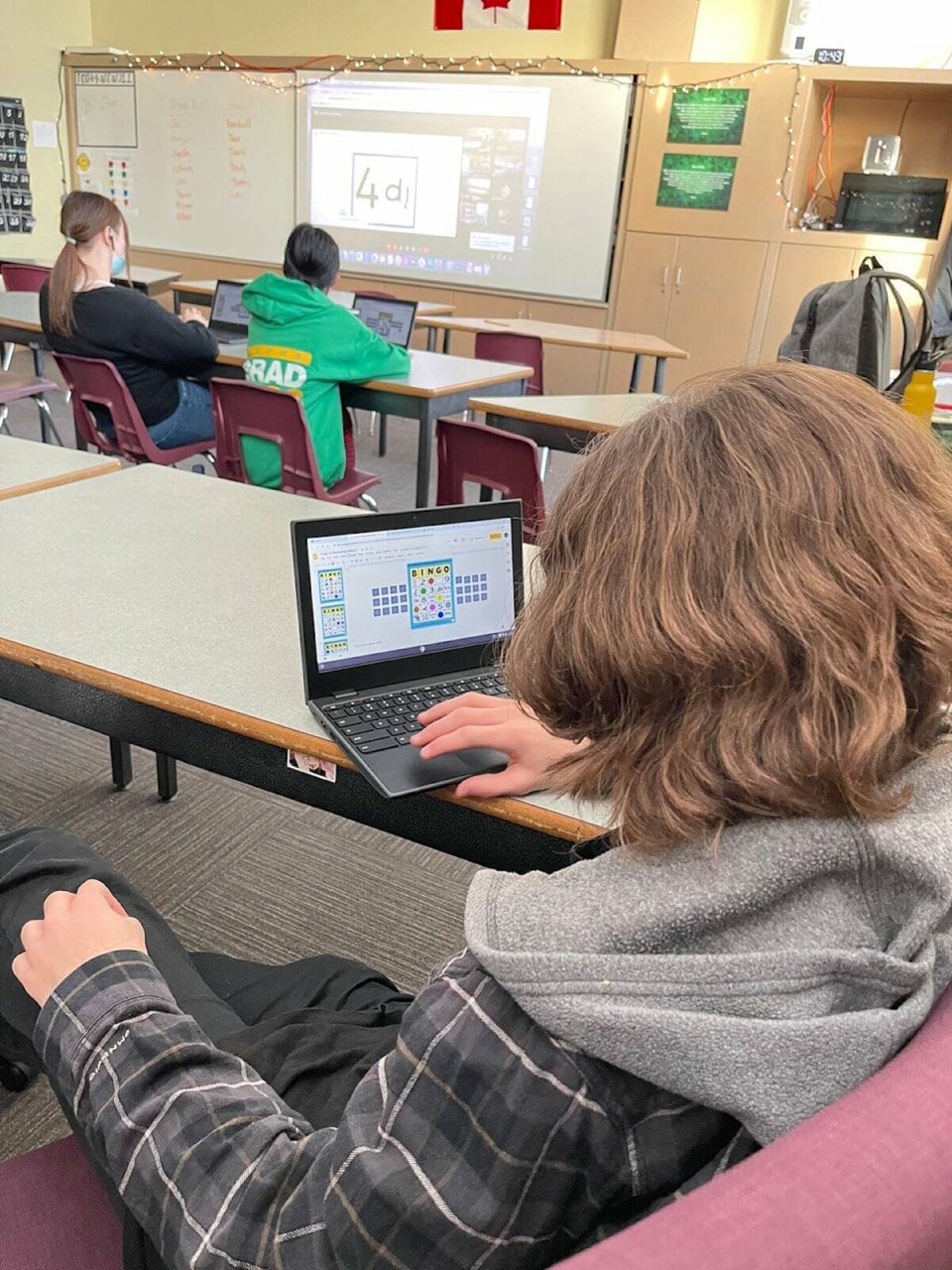The graduation rate in the NWT was 59 per cent in 2023, down from 60 per cent in 2022.
Yellowknife had the highest rate last year with 71 per cent of Grade 12 students graduating. In the regional centres, it was 57 per cent. In small communities, the rate dropped to 44 per cent.
Indigenous students graduated at a 44 per cent clip compared to 87 per cent of non-Indigenous students who earned their diplomas.
Last year, the Department of Education reported that there were 285 grads in 2022 but there was no figure provided for 2023 due to a change in policy -- "it's difficult to draw comparisons year-over-year, and [we] instead report percentages," a department spokesperson stated.
Student enrolment from junior kindergarten to Grade 12 across the NWT totalled 8,220.75 in 2023-24, down 5.5 per cent from 8,701 students in 2022-23.
There were 1,286 educators in the territory in 2022-23, up from an estimated 1,256 the previous year. The small communities had the greatest number at 514, followed by Yellowknife at 470 and the regional centres at 302.
Census reflects low grad rates
The NWT fared poorly when it comes to Indigenous students completing high school, according to the 2021 census. "Registered Indians living on reserve," as Statistics Canada identified them, completed high school at a rate of 31.8 per cent in the NWT, the lowest in Canada.
Among "registered Indians living off reserve," the high school graduation rate was 59 per cent, still the lowest in the country.
In regards to university degrees, 8.4 per cent of "registered Indians living off reserve" were degree-holders. That figured jumped to 17.2 per cent among non-status Indians in the NWT and it sat at 45 per cent in the non-Indigenous demographic.
Education budget
The territorial government has allotted $236.5 million for education in 2024-25 after 2023-24 came in at $251.5 million and 2022-23 had $249 million in education expenditures.
Of the 2024-25 total, $136.6 million is designated for territorial schools and administration, post-secondary education will have a $39.2 million budget, $29.8 million is earmarked for inclusive learning, $25.4 million will go to early learning programs, there's $12.2 million for Indigenous languages and the Education Secretariat, $6.1 million for system services, $4.6 million for junior kindergarten to Grade 12 student services, $4 million for minority language education and instruction, $2 million for NWT Teachers Association professional improvement and $1.9 million for public libraries.
Divisional educational councils and district education authorities will operate with $1 million from the GNWT.
Limited capital expenditures
Spending on schools only constitutes $3.1 million, or one per cent, of the GNWT's $361-million capital budget in 2024-25. By comparison, that figure was $5.6 million over the past year and $34.3 million in 2022-23.
Among the projects on the books is the completion of a major renovation at Mangilaluk School in Tuktoyaktuk, which will see the educational facility expand by 7,750 square feet to accommodate high school programs.
Deh Gah School in Fort Providence will get a playground resurfacing and fencing installed.
Ehtseo Ayha School in Deline will benefit from barrier-free improvements to make the school more accessible for those with disabilities.
Fact file
Student enrolment in 2022-23 in the NWT was as follows:
Junior kindergarten/kindergarten: 1,006.5 students
Grades 1–6: 3,452.5 students
Grades 7–9: 1,674 students
Grades 10–12: 2,087.75 students
Source: Department of Education
Enrolment is based on a “full-time equivalent” calculation. Full-time equivalent includes students who attended school at least 60 per cent of the time as of Sept. 30. Students who do not attend school at least 60 per cent of the time, such as home-schooled, part-time students, adult students and students enroled in alternative high school programs, count as less than 1.0 full-time equivalent.
